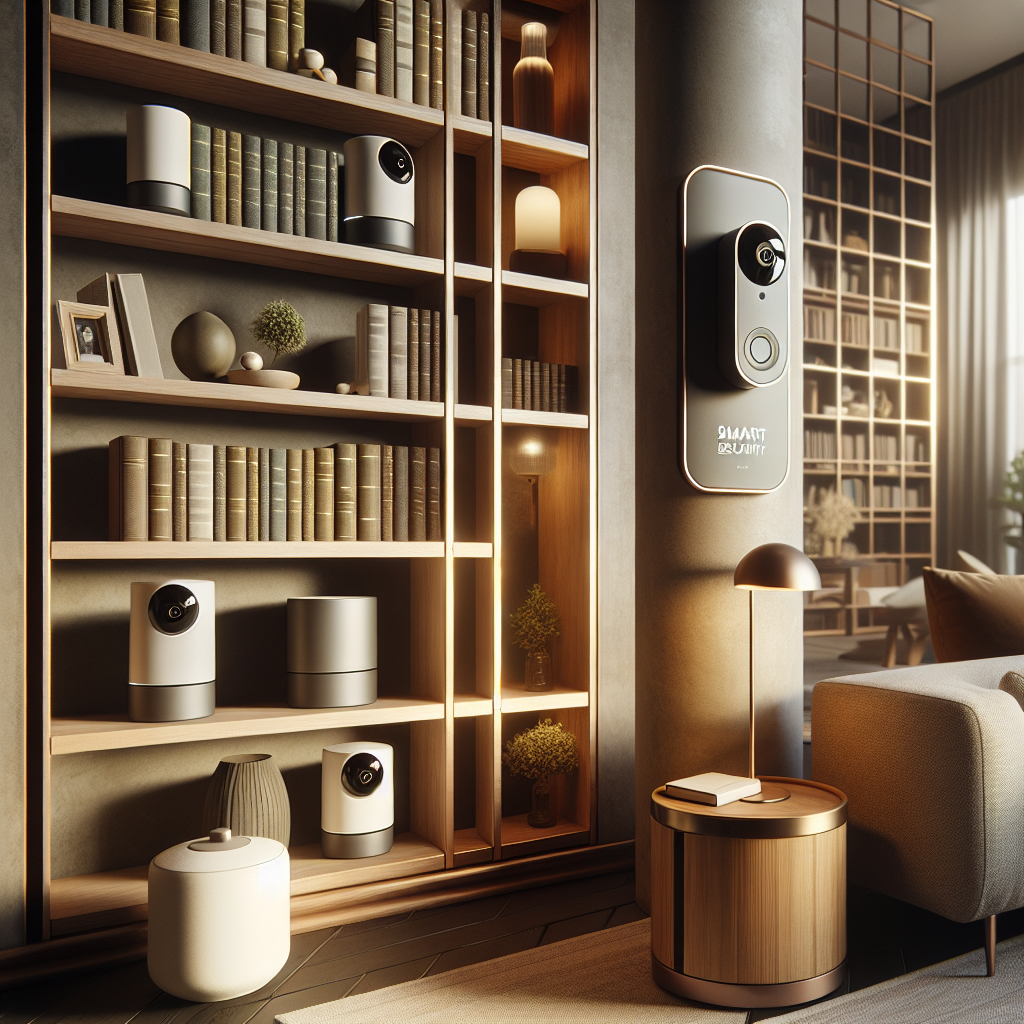Preparing to sell your home involves a multitude of tasks, from staging and marketing to negotiating offers. However, one often overlooked aspect is making necessary repairs before listing your property. Addressing repairs before listing can significantly impact the outcome of the home inspection process and ultimately affect the sale of your home. In this comprehensive guide, we’ll explore the importance of making repairs before listing, key repairs to prioritize, and how this proactive approach can ensure inspection readiness for a smooth and successful sale.
The Importance of Making Repairs Before Listing
Making repairs before listing your home is essential for several reasons:
- Enhanced Marketability: A well-maintained home is more attractive to buyers and can command a higher selling price.
- Smooth Inspection Process: Addressing repairs upfront reduces the likelihood of major issues being discovered during the home inspection, which can lead to delays or negotiations falling through.
- Increased Buyer Confidence: Demonstrating that your home has been well-cared for and is free of significant defects instills confidence in potential buyers, making them more likely to submit competitive offers.
Key Repairs to Address Before Listing
While every home is unique, there are several common repairs that sellers should consider addressing before listing their property:
1. Roof Repairs
Inspect your roof for missing or damaged shingles, leaks, or signs of wear and tear. Repairing any roof issues ensures your home is protected from water damage and enhances its curb appeal.
2. Plumbing and Electrical Fixes
Address any plumbing leaks, faulty faucets, or outdated electrical fixtures. Ensuring your home’s plumbing and electrical systems are in good working order is crucial for both safety and functionality.
3. Structural Integrity
Inspect your home for any signs of structural issues such as foundation cracks, sagging floors, or bowing walls. Addressing these issues early can prevent them from becoming major concerns during the inspection process.
4. HVAC Maintenance
Service your heating, ventilation, and air conditioning (HVAC) system to ensure it is functioning properly. A well-maintained HVAC system not only improves indoor comfort but also signals to buyers that your home has been cared for.
5. Cosmetic Touch-ups
Don’t overlook the importance of cosmetic repairs such as fresh paint, repairing damaged walls or flooring, and updating outdated fixtures. These minor improvements can have a significant impact on the overall impression of your home.
Conclusion
Making repairs before listing your home is a proactive step that can significantly impact the outcome of the sale. By addressing necessary repairs upfront, you can enhance your home’s marketability, streamline the inspection process, and instill confidence in potential buyers. Remember, investing time and effort in making repairs before listing can ultimately lead to a smoother and more successful sale of your home.




